Lead screws are metal bars with threads and a threaded nut. A lead screw may also be referred to as a translating screw or a power screw. This specific mechanical linear actuator transforms rotational motion into linear motion. A lead screw’s shaft and nut threads must slide for it to work. The nut moves along linearly in a lead screw as a rotational action turns the screw. As a result, the motion is changed from rotary to linear.Read More…
Del-Tron Precision, Inc. produces and supplies various automated equipment, such as ball screw actuators. Our engineers have designed our ball screws to offer accuracy that is unparalelled by competitors.
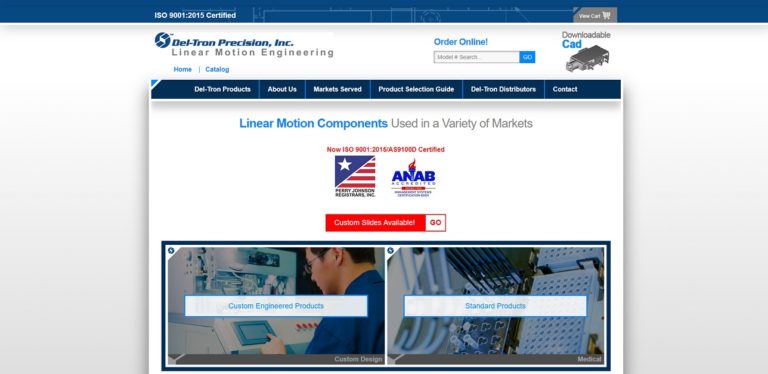
When it comes to ball screws, no one does them better! We offer same day shipping to ensure that your product will be sent to you as soon as possible in order to keep your business moving smoothly.
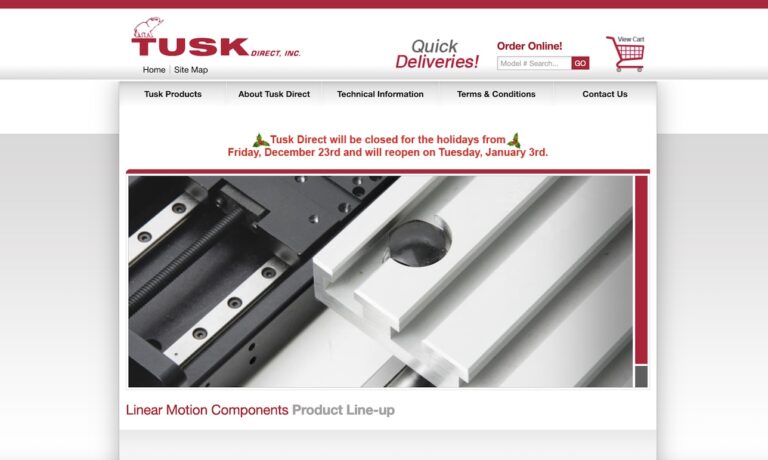
For over 70 years, Dynatect has provided motion control solutions for a wide range of markets. Our ball screws are custom-engineered for both OEM and replacement applications. Not only can Dynatect manufacture new ball screw assemblies, we can also reverse engineer, optimize and repair ball screws from almost any manufacturer. All work is conducted in a modern ISO 9001:2015 certified facility,...
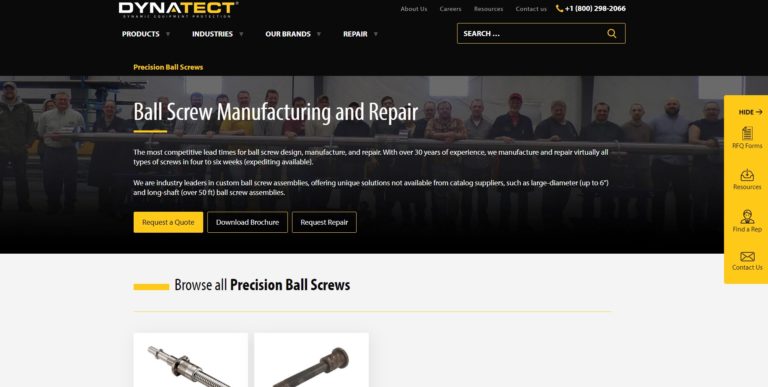
For repairs, replacements or manufacturing of new ball screws, Robert’s Ball Screw Repair Services has the expertise and capability to exceed your expectations. We can meet your unique needs by custom tailoring quality acme screws, metric ball screws, ground ball screws and even a ball screw assembly. As industry leaders, we offer same day shipment for stock items to minimize customer downtime.
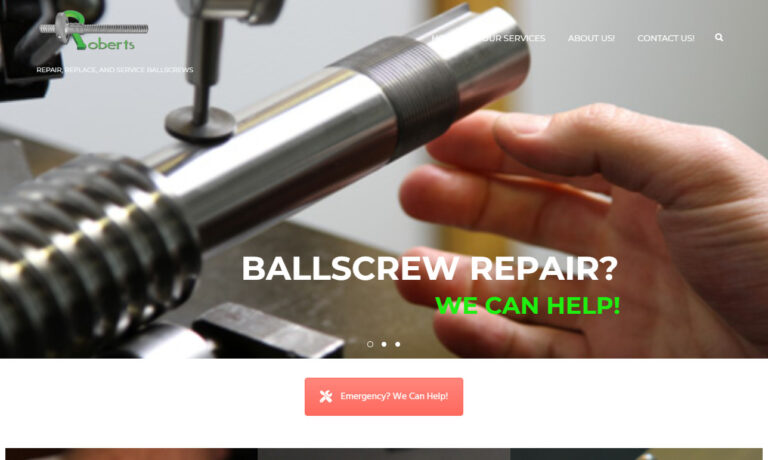
A world leader in thread-grinding, machining and ball screws since 1958, Thread-Craft draws from its experience to provide the best quality product. Our acme screws, metric ball screws, ground ball screws and rolled ball screws are precisely manufactured and cost-effective and we also have the capability to engineer, design and repair custom ball screws. Let our in-house machinists work for you!
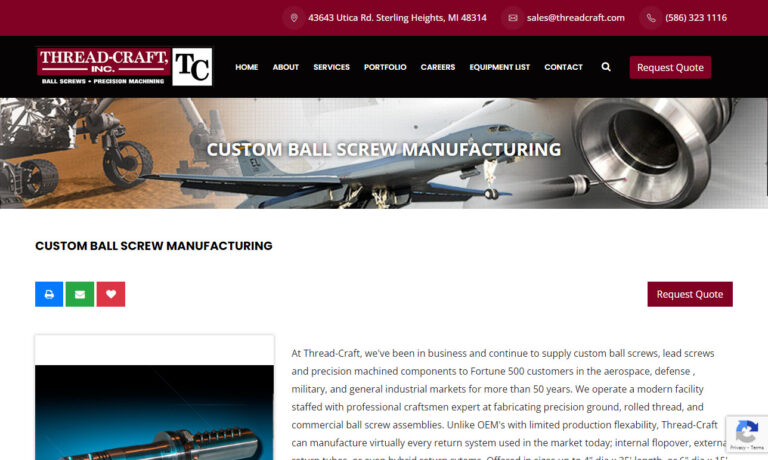
More Lead Screw Manufacturers
Vertical and horizontal movements may be produced by lead screws. When support is required to move heavier objects, lead screws can use linear glides. Depending on the task, lead screws can be mortised or operated manually. Lead screws are more affordable than ball screws in low-power and moderate to medium-duty applications.

Types of Lead Screws
Square Thread
The square geometry of square threads inspired their name. The flanks of the square thread's square-shaped threads are parallel to the lead screw's axis. Since square threads have a 0° thread angle, no radial or bursting pressure is exerted on the nut. This 0° thread angle eliminates all radial strain on the parts, lessens friction between them, and promotes motion. The following layout also suggests that this particular lead screw provides maximum efficiency. Due to this, square thread lead screws offer larger load-bearing capacities for the same dimensions or need smaller motors to transfer the same amount of weight.
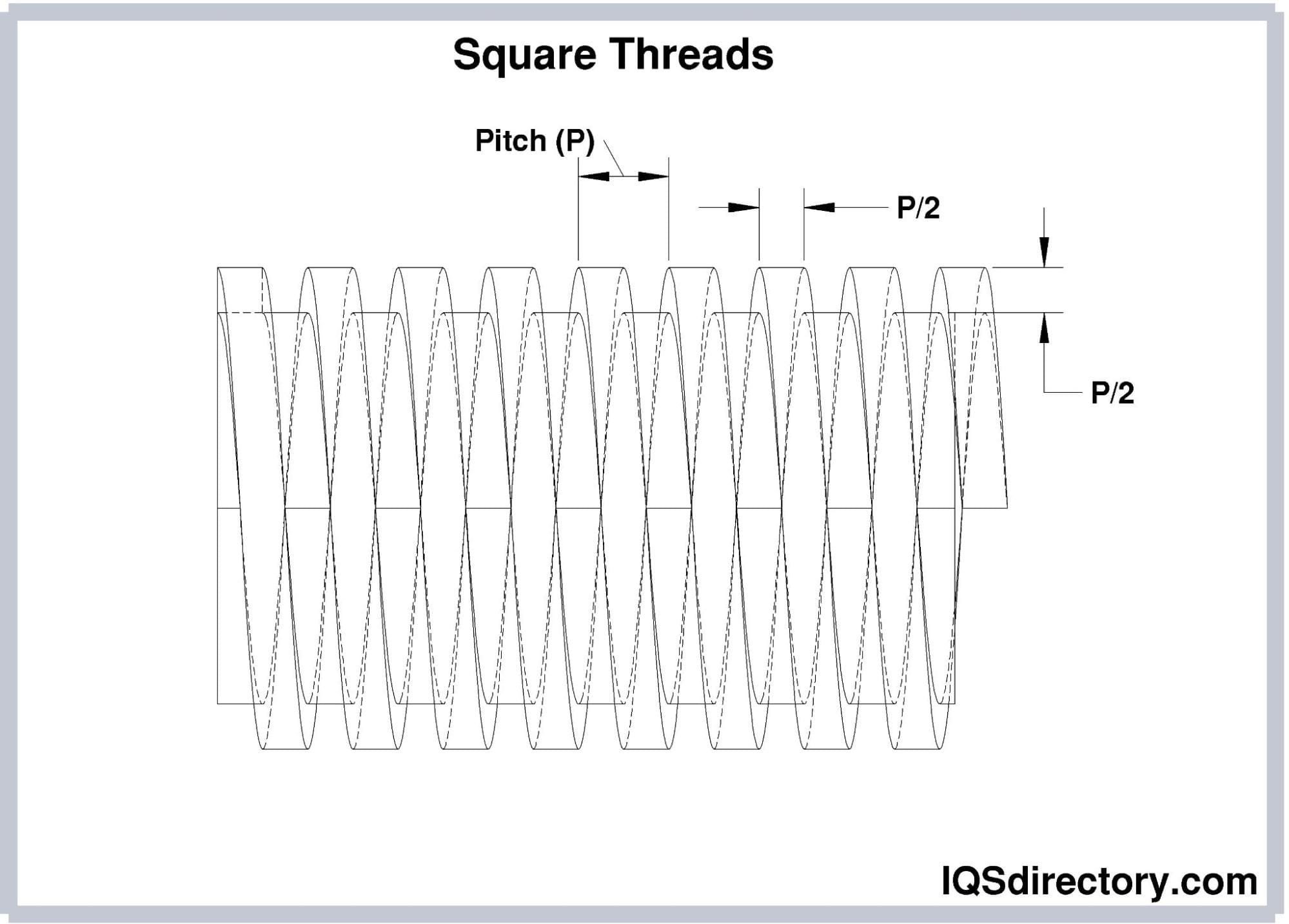
Square threads are frequently employed in heavy load, motion transfer, and power transmission applications. Additionally, they are desired in goods that must be small while meeting their functional specifications. For example, Jackscrews and lathe equipment typically use square threads. Since the crest and root of their teeth are similar, their load capacity is also lowered. They are frequently employed in situations that require more power. Square threads also have a substantially greater intrinsic efficiency and a longer lifespan than trapezoidal threads. The biggest drawback of square threaded lead screws is how challenging it is to machine such a thread. For fabrication, they typically need a single-point cutting tool.
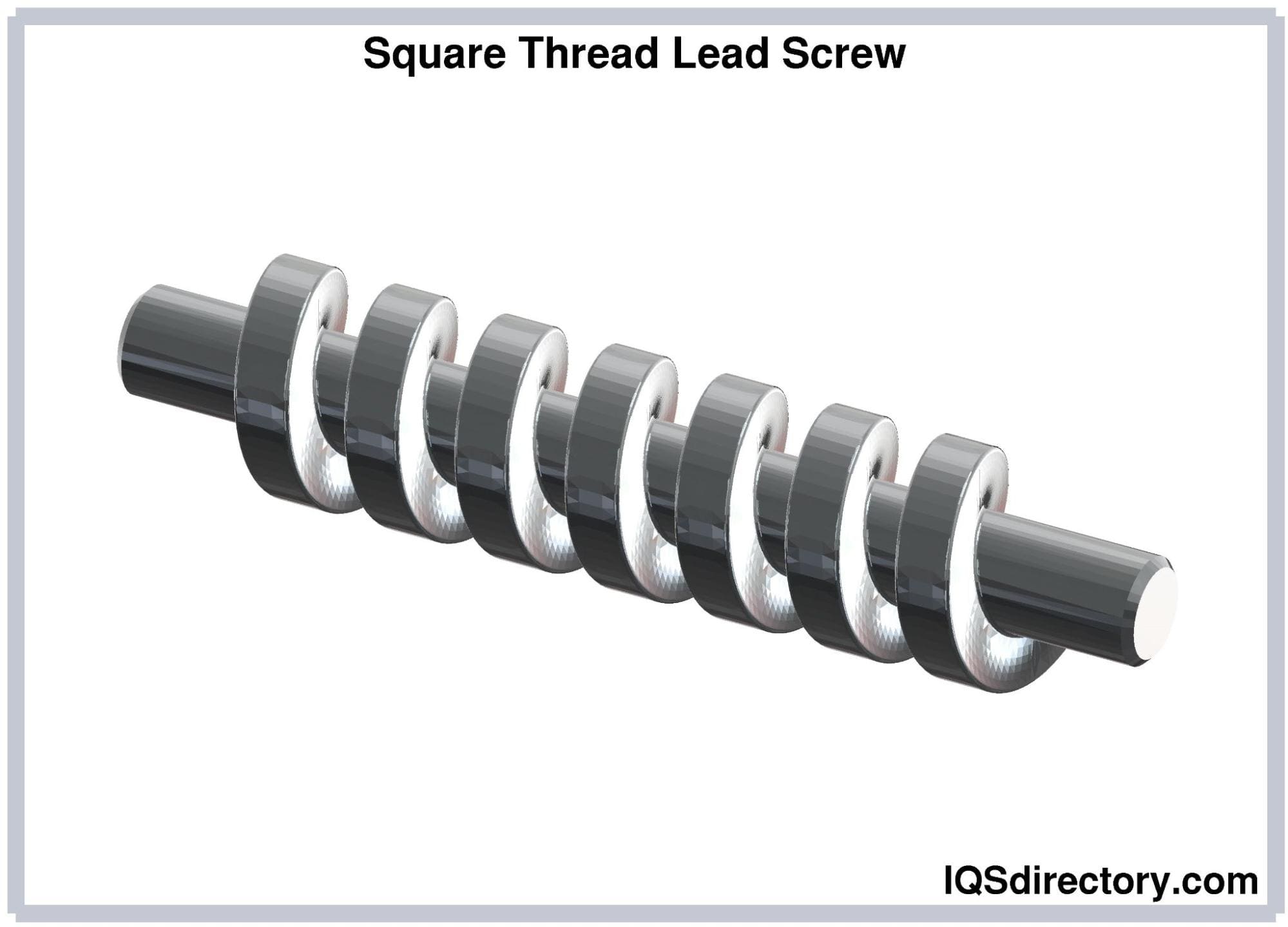
Acme Thread
The trapezoid-shaped acme thread has a thread angle of 29°. Compared to square threads, these are easier to produce. However, they are less effective than square threads due to the additional friction the thread angle causes. In addition, due to their trapezoidal thread profile, which offers increased load-bearing capabilities, Acme threads are often stronger than straight threads.
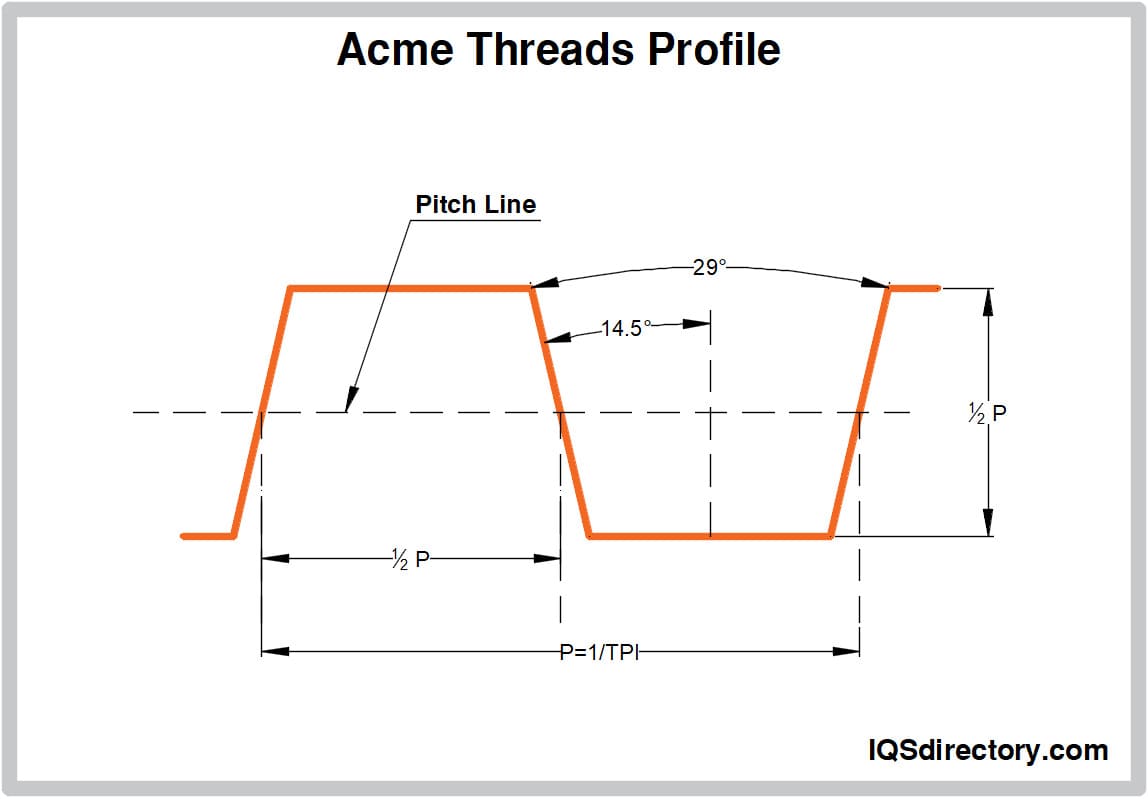
Acme threads may be produced using a multi-point cutting tool more easily than square threads because of their inclined flanks. Acme threads are frequently used in linear actuators, lathe machines, clamps, valve stems, and bench vices. General purpose, centralizing, and stub acme threads are the three different types of acme threads.
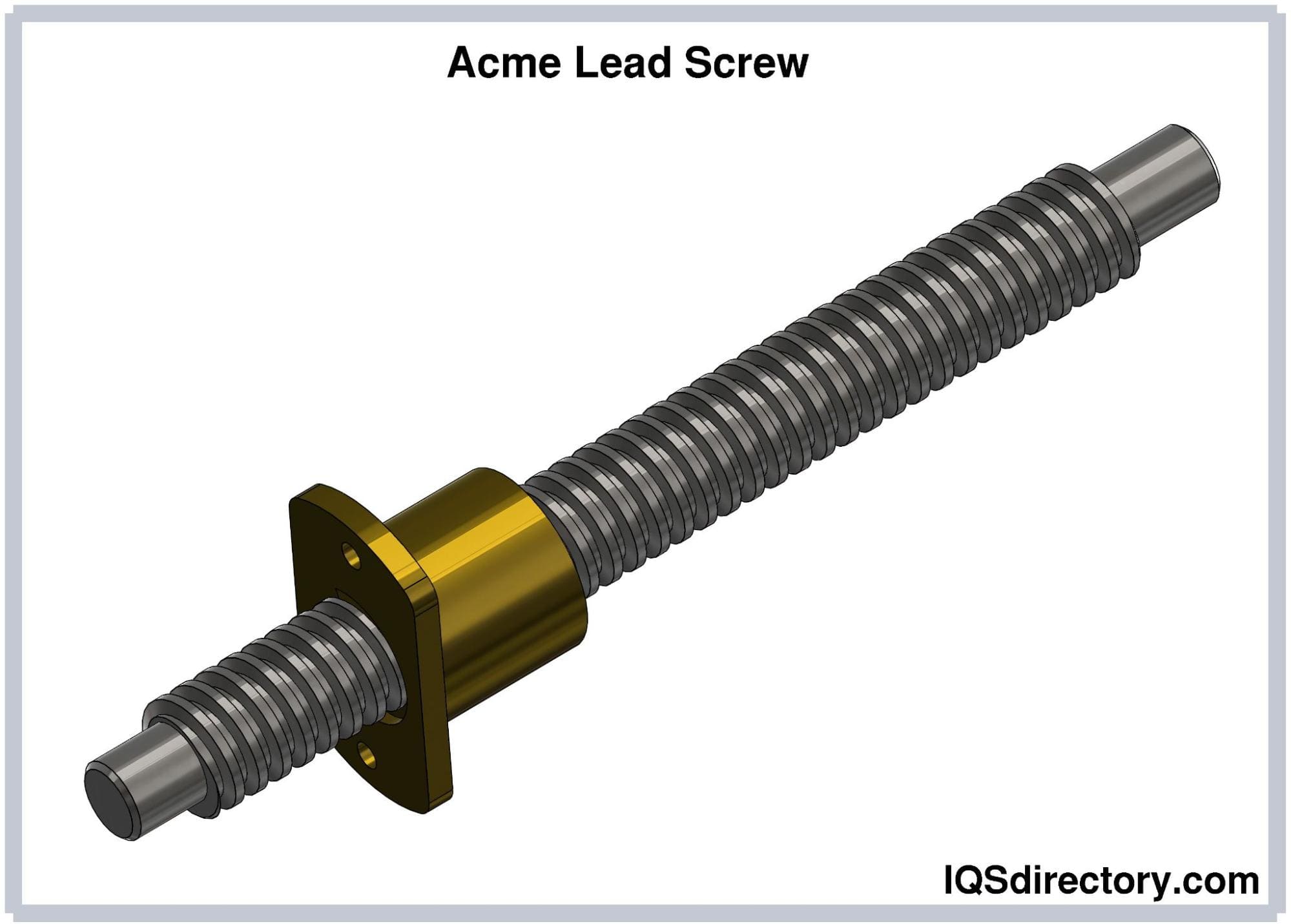
Buttress Thread
Buttress threads take a triangular form. These are employed when the screw's load force is only applied in one direction. This thread's accuracy allows for creating subtle, precise movements in a single direction. The buttress thread is made to carry power and withstand heavy axial loads. They are unidirectional; therefore, the direction is determined by how the weight-bearing and trailing flanks are positioned. Due to the buttress thread's wider base and teeth, this screw has about twice the shear strength of a square thread.
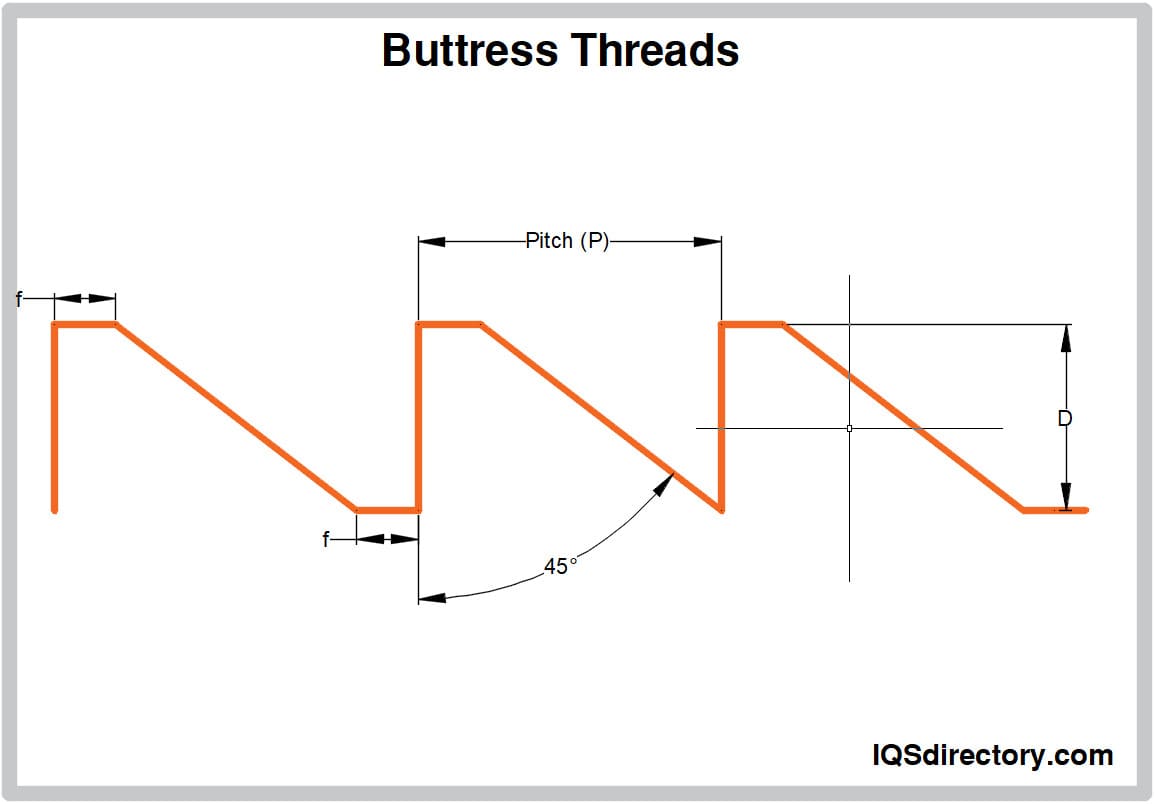
Buttress threads are produced more easily and are just as effective as square threads. Large screw presses, jacks, vertical lifts, and turning and milling equipment require buttress threads. However, buttress threads perform poorly when axial stress is applied in the opposite direction and are only suitable for unidirectional thread applications.
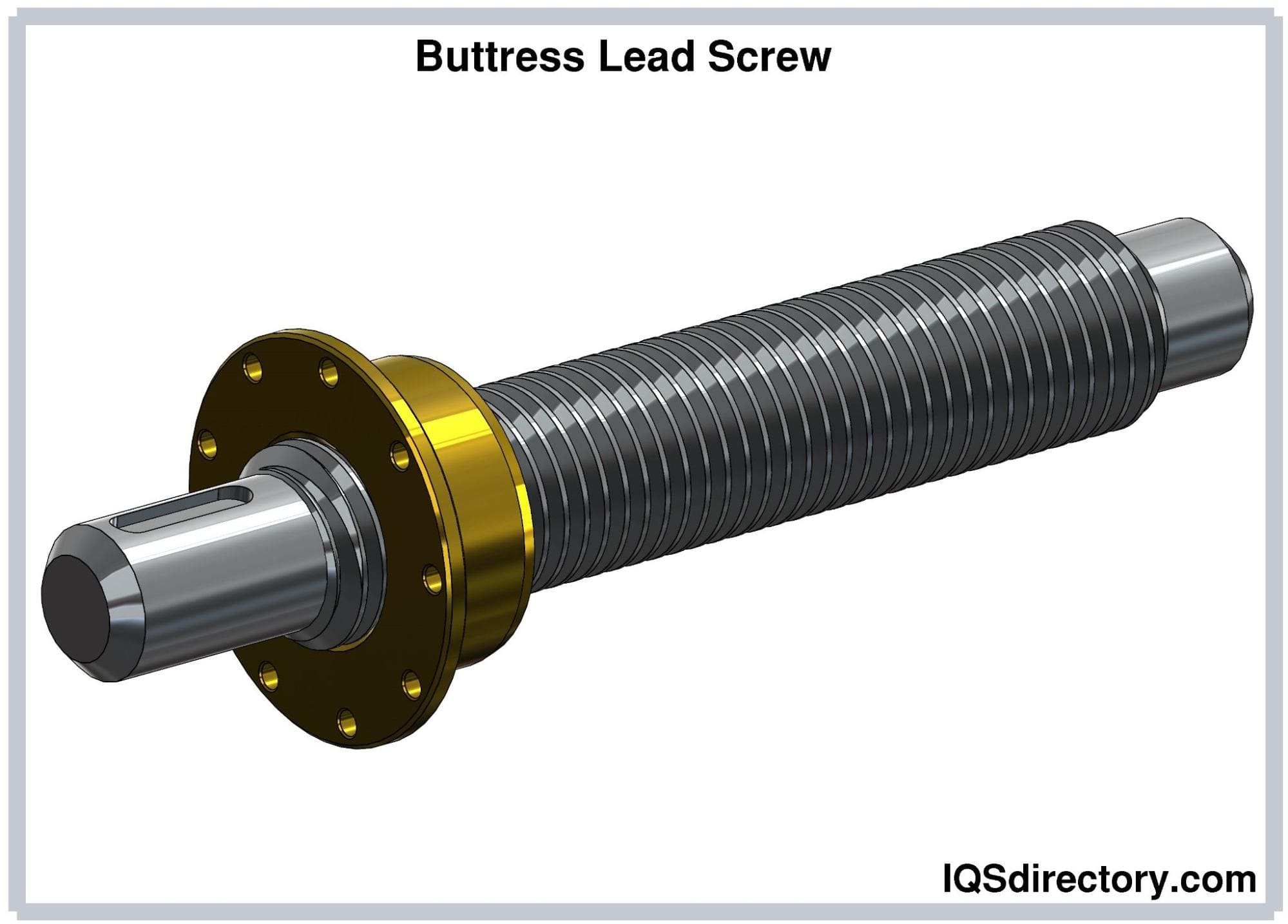
Applications of Lead Screws
- Fluid-handling equipment uses lead screws because they result in tight fittings with minimal leakage.
- Due to their strength, lead screws are employed for heavy lifting; lead screws must use a metallic nut for this application.
- Lead screws are frequently employed in instrument-grade applications where smooth, accurate, tidy, and maintenance-free functioning is essential.
- Lead screws are utilized in linear actuators because they can create linear transmissions.
- Machine slides (such as those found in machine tools), vices, presses, and jacks all use lead screws.
Benefits of Lead Screws
- Machine tool applications require highly exact measurements, which low-pitch lead screws may provide.
- Lead screws are effective in vertical situations.
- Some lead screws have self-locking capabilities and don't need braking mechanisms. Self-locking is a characteristic that stops the screw shaft and nut from moving without using outside force.
- Since lead screws have fewer pieces, they are more compact.
- Lead screws run quietly.
- Lead screws don't need to be lubricated externally because they have a self-lubricating covering.
Choosing the Proper Lead Screws Manufacturer
To make sure you have the most beneficial outcome when purchasing Lead Screws from a Lead Screws Manufacturer, it is important to compare at least 5 Suppliers using our list of Lead Screws companies. Each Lead Screws Manufacturer has a business profile page that highlights their areas of experience and capabilities and a contact form to directly communicate with the manufacturer for more information or request a quote. Review each Lead Screws business website using our proprietary website previewer to get an idea of what each company specializes in, and then use our simple RFQ form to contact multiple Lead Screws companies with the same form.

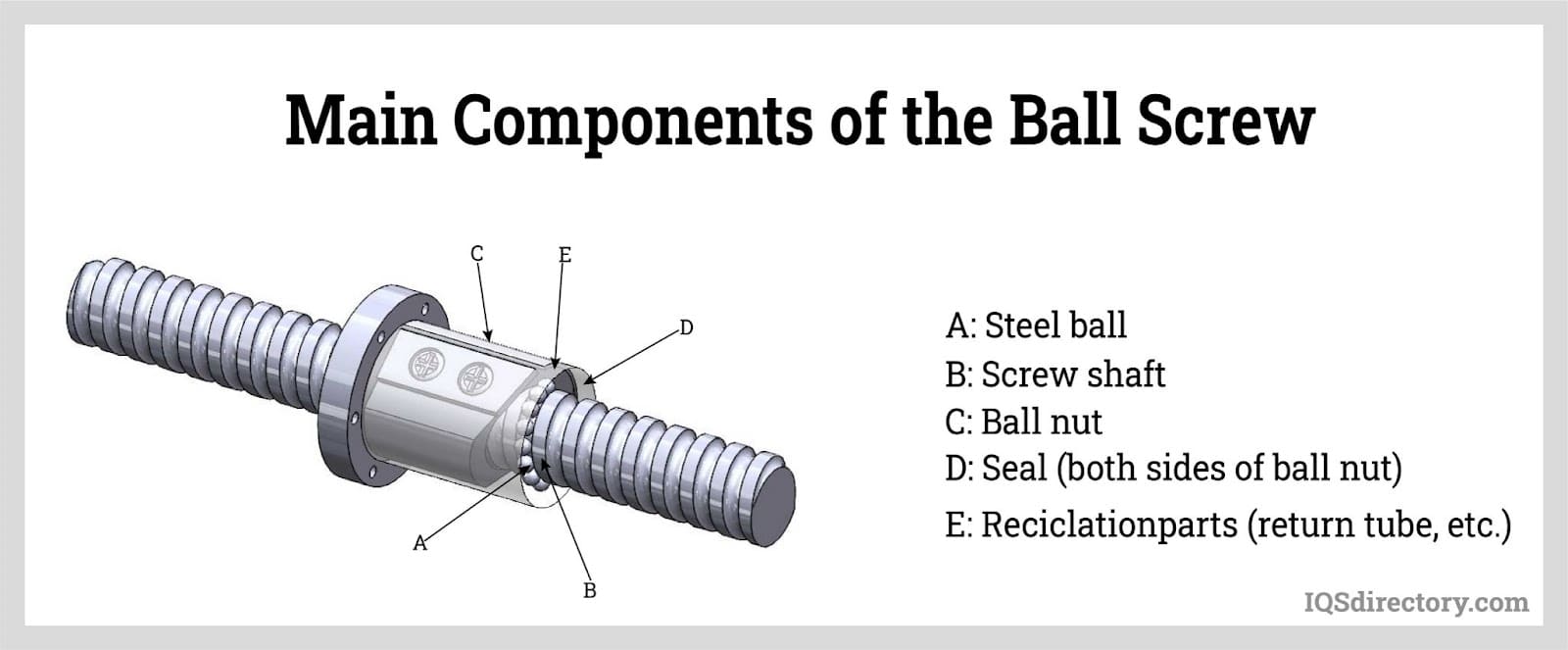
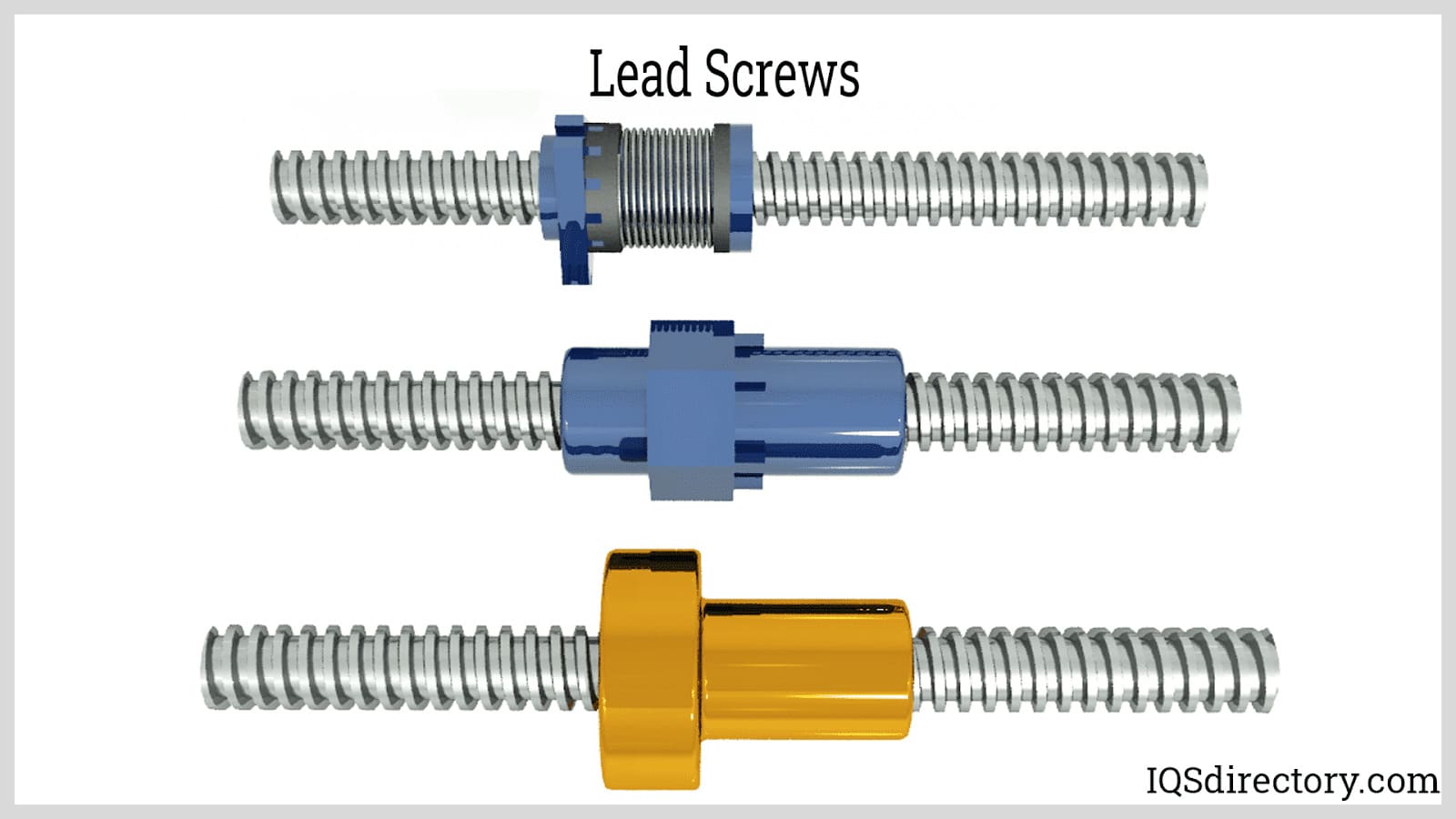
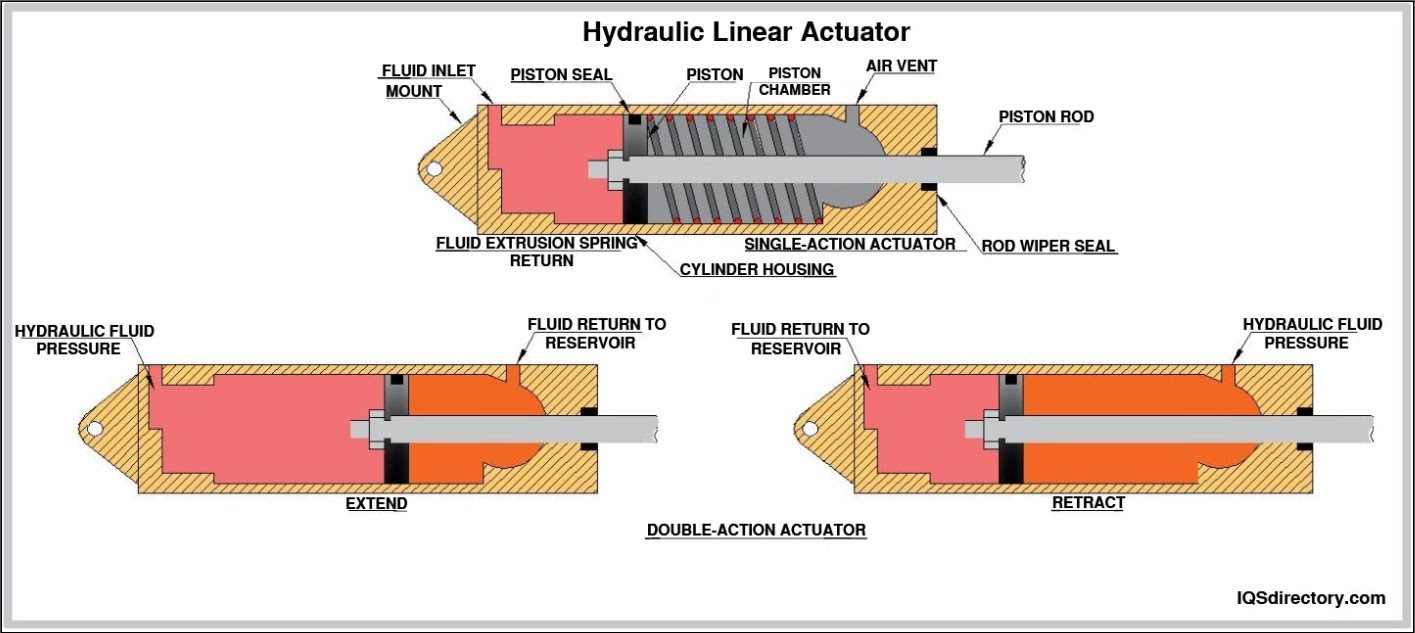
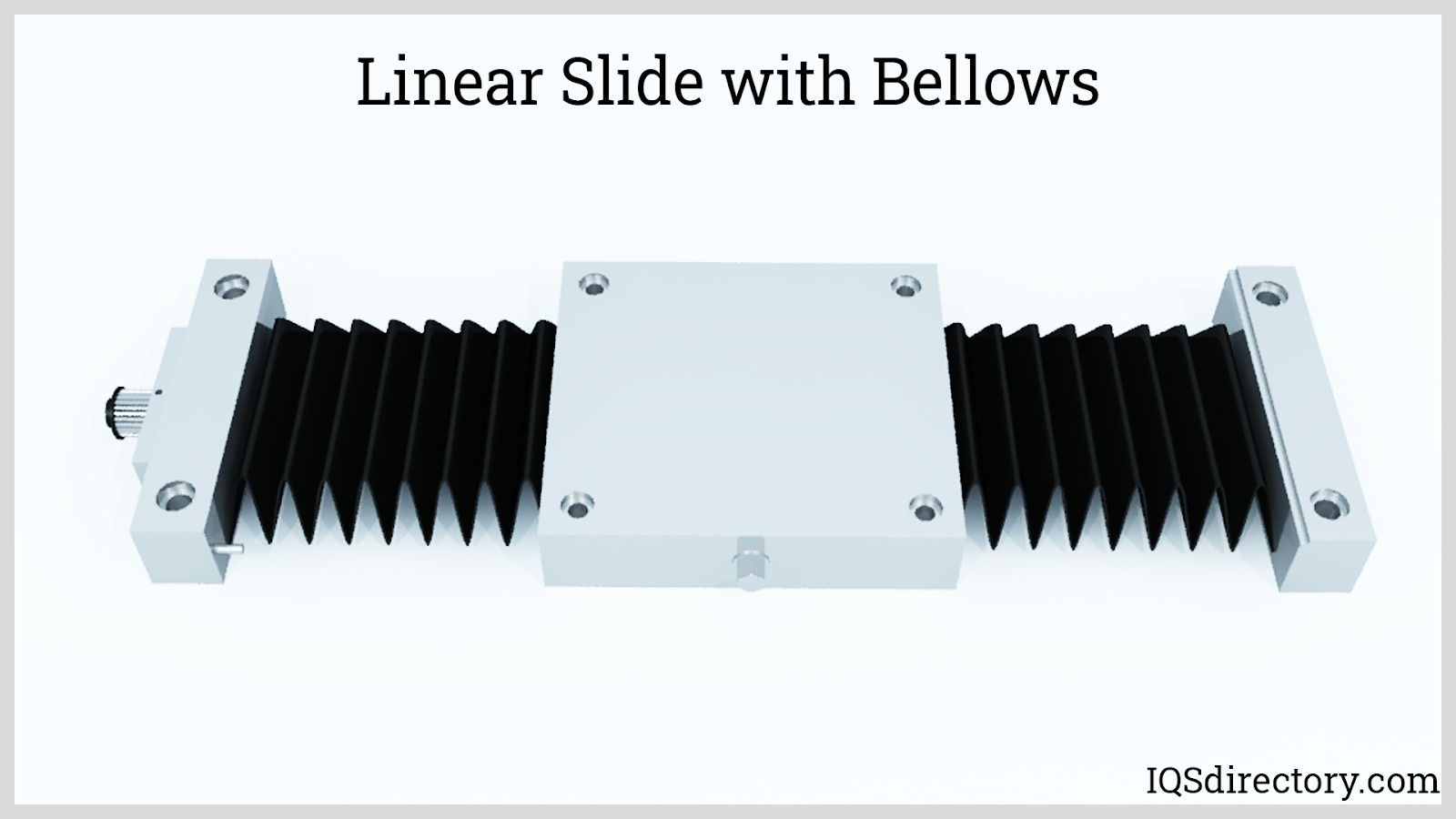
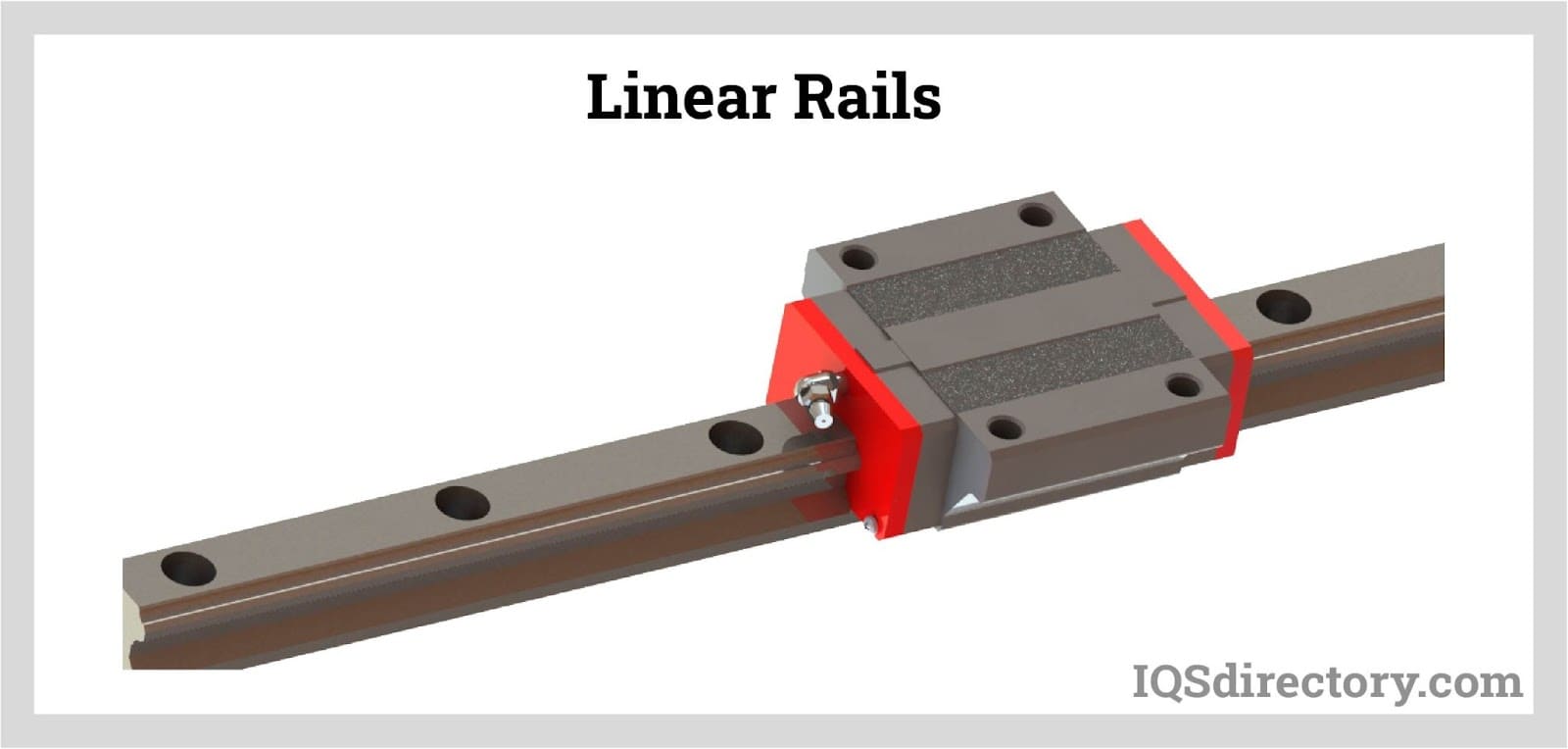
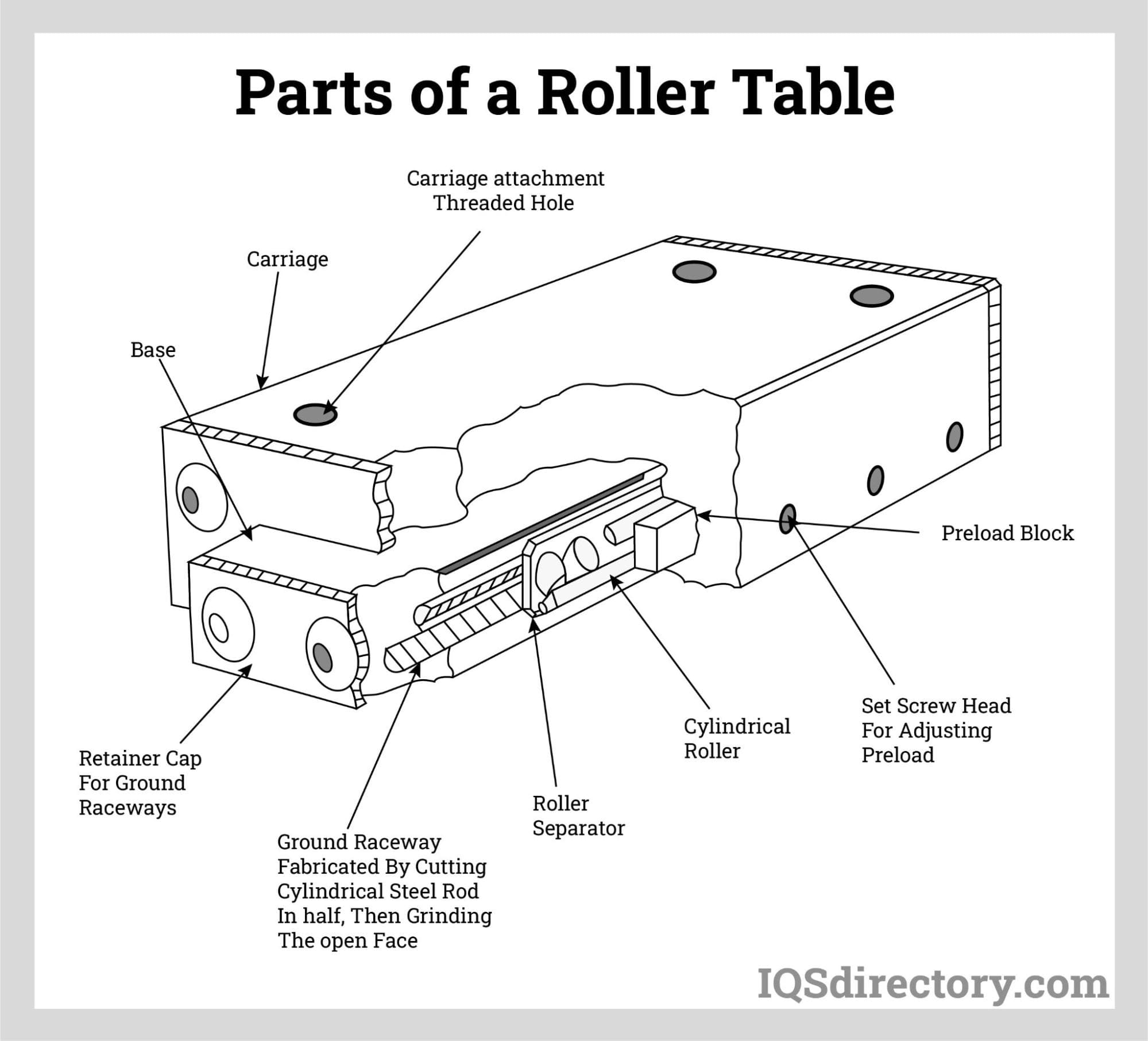
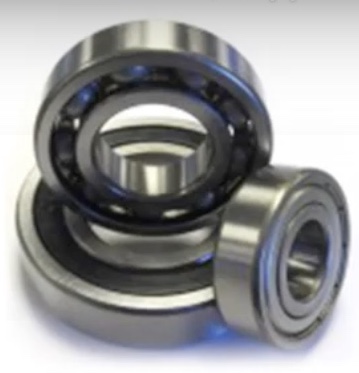 Ball Bearings
Ball Bearings Ball Screws
Ball Screws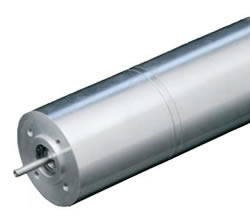 Electric Motors
Electric Motors Friction Materials
Friction Materials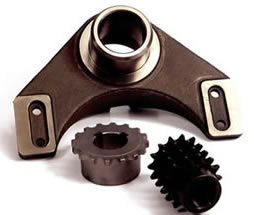 Gears
Gears Quick Release Couplings
Quick Release Couplings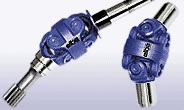 Shaft Couplings
Shaft Couplings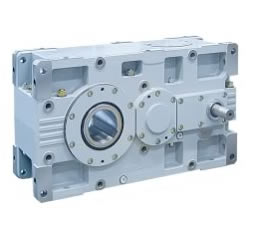 Speed Reducers
Speed Reducers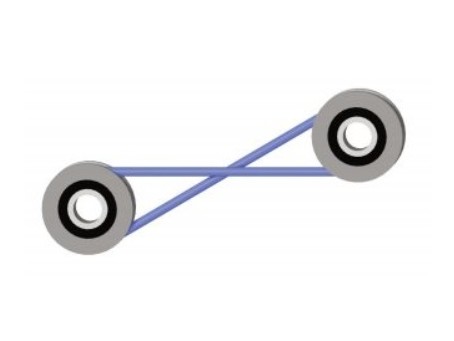 Timing Belting
Timing Belting Castings & Forgings
Castings & Forgings Bulk Material Handling
Bulk Material Handling Electrical & Electronic Components
Electrical & Electronic Components Flow Instrumentation
Flow Instrumentation Hardware
Hardware Material Handling Equipment
Material Handling Equipment Metal Cutting Services
Metal Cutting Services Metal Forming Services
Metal Forming Services Metal Suppliers
Metal Suppliers Motion Control Products
Motion Control Products Plant & Facility Equipment
Plant & Facility Equipment Plant & Facility Supplies
Plant & Facility Supplies Plastic Molding Processes
Plastic Molding Processes Pumps & Valves
Pumps & Valves Recycling Equipment
Recycling Equipment Rubber Products & Services
Rubber Products & Services